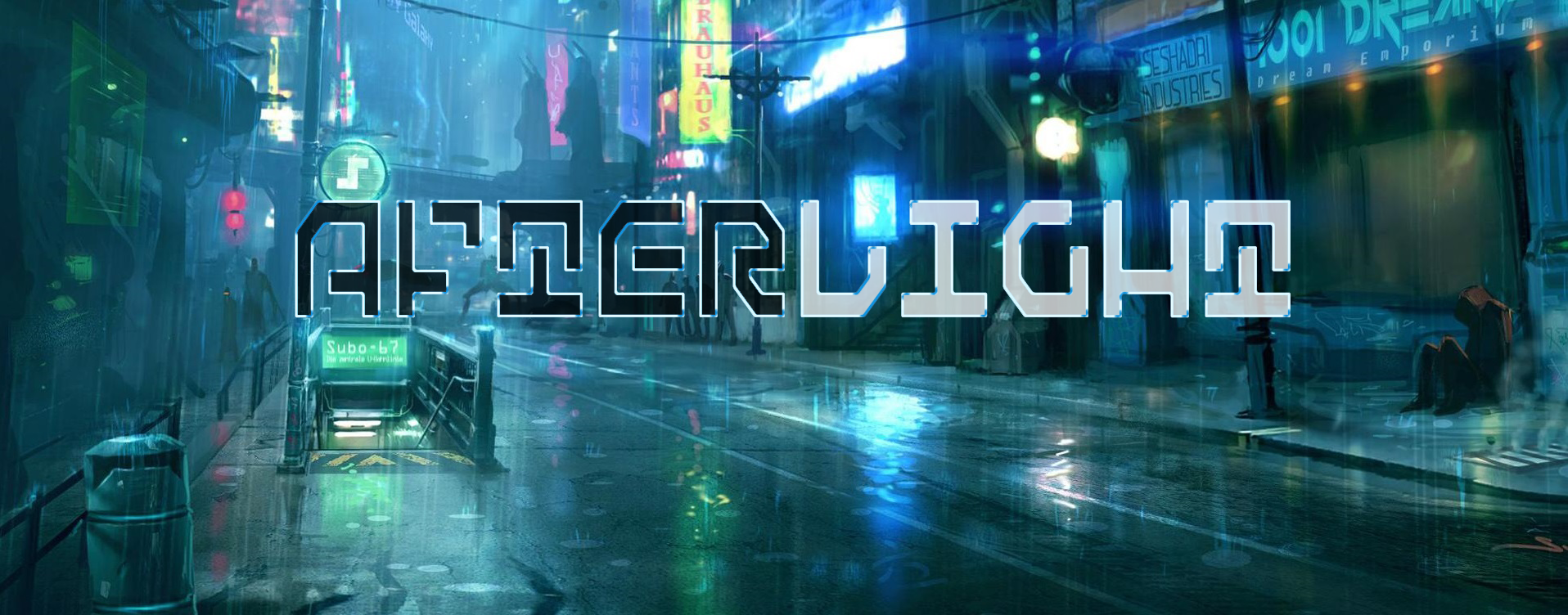Boston Police Department
Boston Police Department (BPD)
Once the trusted guardians of Boston’s streets, the Boston Police Department has become a diminished, embattled shadow of its former self in the era of Neo-Boston. The BPD’s origins trace back nearly two centuries, but in the wake of the Black Tide Catastrophe and the corporate takeover of public infrastructure, the department has suffered from chronic underfunding, loss of jurisdiction, and institutional decay.
Current Role in Neo-Boston
Today’s BPD exists more in name than in function. Most law enforcement duties have been transferred to private corporate security firms like CorSec and Aegis Enforcement, who serve the interests of shareholders rather than citizens. The BPD retains a minimal municipal footprint—handling low-tier public complaints, managing paperwork, and serving as a buffer to maintain the illusion of civilian governance.
Their dwindling influence and resources have created a hostile relationship with the public, particularly among the economically marginalized and those affected by the Noise. In many districts, citizens view the BPD as ineffectual, corrupt, or complicit in the city’s systemic injustices.
Contested Authority
The BPD’s interactions with CorSec are increasingly fraught. CorSec routinely oversteps jurisdictional boundaries, undermines investigations, and even seizes crime scenes outright. This has led to tension and occasional conflict between officers still trying to uphold civic law and corporate agents who enforce private codes.
Challenges Facing the Department
- Municipal collapse: With city governance gutted and services privatized, the BPD runs on a skeleton budget, hamstrung by obsolete equipment, dwindling manpower, and neglected infrastructure.
- Weaponized resentment: Decades-old grievances are kept alive by opportunistic activists and politicians who stoke public distrust for personal gain. The department is scapegoated for societal failures far beyond its control.
- Institutional decay: Starved of oversight and resources, internal corruption has flourished. Many officers look the other way—or profit quietly—as crime and corporate abuse escalate.
- CorSec rivalry: Heavily funded corporate security forces routinely override BPD jurisdiction, eroding authority and blurring the line between law enforcement and private enforcement.
Despite its decline, the BPD is still a symbol—for some, a relic of a more democratic past; for others, a decaying facade barely holding back the tide of privatized dystopia.
Structure
Commissioner’s Office
Responsible for executive oversight, interagency coordination, and public accountability—at least in theory.
- Police Commissioner – The department’s nominal leader, tasked with maintaining public legitimacy and managing corporate relations. In practice, a powerless figurehead overshadowed by CorSec’s private command structure.
- Deputy Commissioner – Manages operational workflows and deployment strategies. Frequently undermined by corporate interference or emergency overrides.
- Internal Affairs – Oversees departmental integrity investigations. Lacks both independence and funding, with most probes quietly redirected or buried to avoid offending corporate partners.
Patrol Bureau
Charged with frontline law enforcement and public safety—though increasingly supplanted by automated systems.
- District Precincts (D1–D6) – Assigned to geographic sectors across Neo-Boston. Many precincts have been hollowed out, consolidated, or absorbed into corporate security zones.
- Zone Integrity Bureau (ZIB) – Maintains the city’s minimal beat patrol force. Once a cornerstone of community policing, now reduced to scattered officers and automated coverage. Cheap drones and citywide CCTV networks handle most visible enforcement, issuing automated citations and tracking movement. Patrol officers are deployed reactively when systems flag anomalies.
- Rapid Response Unit – Handles riots, large-scale emergencies, and security threats beyond automation’s scope. Overextended and under-equipped, frequently delayed or denied access to high-risk zones controlled by private forces.
Investigative Bureau
Handles serious crimes, digital offenses, vice, and mythos-linked anomalies that resist automation.
- Major Crimes Division (MCD) – Handles homicides, attempted murders, kidnappings, high-level assaults, and other capital offenses. Also responsible for investigating high-profile or politically sensitive crimes, including corporate assassinations, mass casualty events, and mythos-related incidents that defy standard classification. MCD operates with limited oversight and a reputation for unorthodox methods, often stepping in when automation fails or when CorSec refuses jurisdiction.
- Cybercrime Division – Oversees network breaches, AI threats, and illegal digital operations. Leverages mass AI botnets and cheap heuristic analysis tools to run cyberspace sweeps, but human cyberdetectives remain vital for pattern recognition and hostile AI encounters.
- Vice & Narcotics Division – Investigates illegal narcotics, black-market augmentations, and immersive tech abuse. Focus areas include synthetic stimulants, opium derivatives from East Asian syndicates, cocaine trafficked through South American routes, and neural loop dependencies tied to VR platforms like SynthEscape. While drones handle street-level surveillance, major distributors and digital vice dens require human-led infiltration and enforcement.
- Disappearance Recovery Taskforce (DiRT) / “404 Division” – Investigates missing persons, trafficking rings, and unexplained vanishings. Automated case triage prioritizes corporate citizens. Leads involving Regulars often fall into dead data zones or are lost in CorSec-controlled files.
Support Bureau
Maintains internal function, logistics, and the data backbone of the department—where automation dominates.
- Records & Archives – Responsible for maintaining investigative and evidentiary data. Much of the department’s digital archive is managed by semi-autonomous indexing AIs prone to error or corporate tampering.
- Personnel & Training – Oversees officer certification and simulated readiness training. Reliant on outdated VR modules and automated combat evaluators. Most new hires undergo accelerated training supervised by algorithmic compliance bots.
- Budget & Logistics – Coordinates equipment allocation and resource tracking. Automated supply chains minimize human oversight, but funds are tightly controlled by municipal-corporate partnerships.
History
The Boston Police Department was established in 1838 as one of the first organized, civilian police forces in the United States. For over a century, it stood as a pillar of municipal authority, navigating turbulent eras of immigration, Prohibition, and civil unrest. In the early 21st century, it was both lauded and criticized for its approach to urban crime and community policing. However, the global economic collapse and subsequent privatization of public infrastructure in the late 21st century marked the beginning of its decline. As megacorporations like NovaGen Energy and MacroTech gained power, the BPD was steadily stripped of resources, personnel, and authority, reduced to a symbolic shell of civic enforcement in a city increasingly run by private interests.



Comments